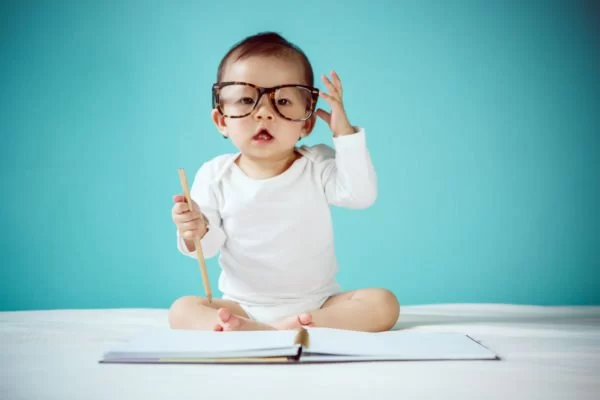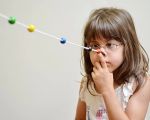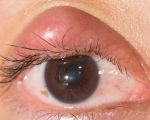
- why-eye-focusing-speed-matters-in-childhood - Why Eye Focusing Speed Matters in Childhood
- early-signs-of-eye-focusing-difficulties - Early Signs of Eye Focusing Difficulties
- effective-strategies-to-boost-eye-focusing-speed - Effective Strategies to Boost Eye Focusing Speed
- real-life-examples-of-visual-improvement - Real-Life Examples of Visual Improvement
- how-eye-docs-support-vision-development - How Eye Docs Support Vision Development
1. Why Eye Focusing Speed Matters in Childhood
Eye focusing speed refers to how quickly a child can shift focus between objects at different distances—like switching from the whiteboard to a notebook. This seemingly simple action has a big impact on learning, reading comprehension, and classroom participation. When eye focusing is slow or inconsistent, kids may appear distracted, fall behind in reading, or complain of headaches. That’s why understanding how to improve eye focusing speed in children is critical to supporting their development and confidence in school.
2. Early Signs of Eye Focusing Difficulties
Children don’t always realize they’re experiencing a visual issue. But parents and teachers might notice signs like frequent blinking, eye rubbing, squinting when reading, or losing their place on a page. Some kids may avoid close-up tasks or complain of tired eyes after only a short time. Recognizing these signs early is key to initiating improvement strategies before academic performance is affected.
3. Effective Strategies to Boost Eye Focusing Speed
Improving eye focusing speed is absolutely possible with consistent practice and targeted techniques:
3.1 Vision Exercises: Simple exercises like near-far focusing—alternating gaze between a pencil held at arm’s length and a wall clock across the room—can train the eyes to adapt faster. Incorporating daily routines makes practice easy and fun.
3.2 Reading with Purpose: Encourage children to track lines with their fingers or use reading strips. This helps eyes focus and move steadily, reinforcing clarity at various distances.
3.3 Play-Based Techniques: Tossing a soft ball back and forth or playing catch with small objects improves eye-hand coordination and visual attention. Apps and games designed by vision therapists can also make training engaging.
3.4 Optometric Vision Therapy: When delays are more pronounced, professional intervention through a certified vision therapy program can create structured and measurable improvement in eye tracking and focusing speed.
4. Real-Life Examples of Visual Improvement
One parent shared that after months of struggling with slow reading and low confidence, their 8-year-old son began using focusing exercises recommended by an optometrist. “Within weeks, his teacher noticed a change,” they said. “He wasn’t skipping lines anymore. He was excited to read aloud.” Another case involved a young girl whose headaches disappeared after a month of vision therapy, showing how small but consistent adjustments can lead to powerful outcomes.
5. How Eye Docs Support Vision Development
Improving your child’s eye focusing speed doesn’t have to be a solo journey. At Eye Docs, families can access customized care plans, pediatric screenings, and tools specifically tailored for young eyes. From early detection to advanced therapy options, Eye Docs bridges the gap between concern and confidence, helping your child thrive both visually and academically.








